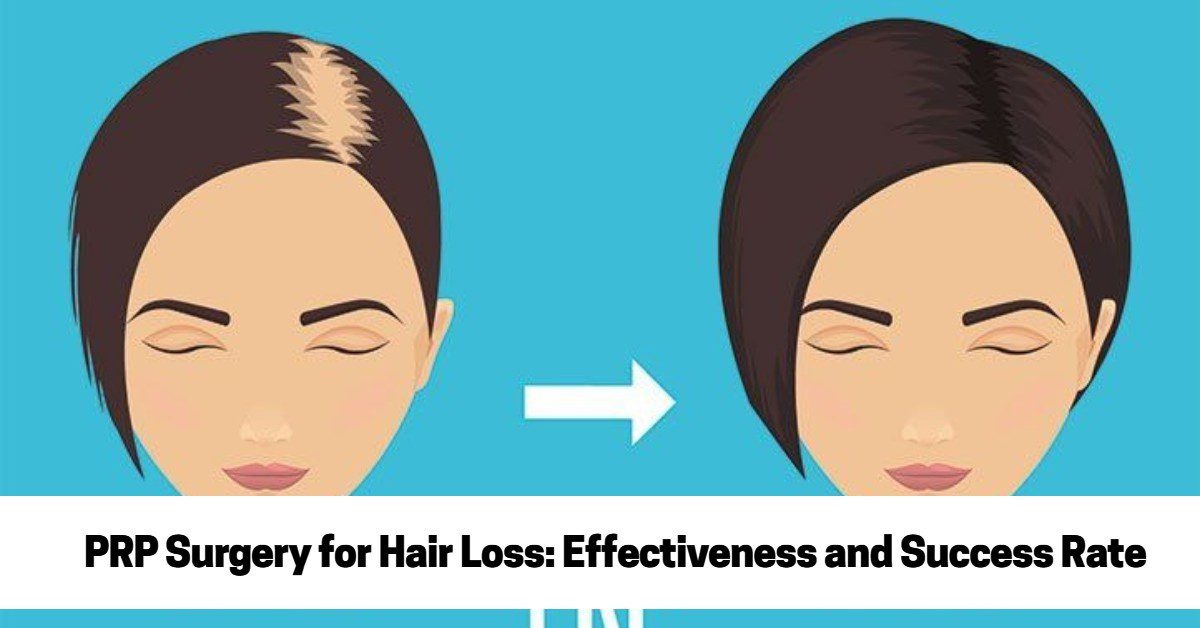Hair loss is a medical condition that affects not only your physical appearance but also your self-confidence. If you are dealing with hair loss, you feel depressed and stigmatized because you think you are not worthy. If you have sought several treatments and are not giving you the results you are looking for, you can try out PRP for hair loss.
Today, we will be discussing PRP hair loss treatment to help you find out its effectiveness and success. With this information, you can make an informed decision when seeking hair restoration treatments. Read on for more insights.
What is PRP Treatment?
In our blood, various compounds help to sustain life and make us healthy and strong. The three major components found in the blood are red blood cells, white blood cells, and plasma. The red blood cells help carry oxygen throughout the body, the white blood cells help to fight pathogens that cause diseases, and plasma helps the body heal after any tissue damage. Plasma contains tiny cells called platelets, which help to promote cell growth. Let’s focus on the plasma compound to understand how PRP for hair loss works.
PRP for Hair Loss Treatment
PRP stands for platelet-rich plasma. PRP therapy is meant to treat hair loss and injuries that involve damage to the muscles, ligaments, and joints. Platelet-rich plasma is drawn from the patient and injected into the injured area to speed up cell generation and promote healing. Plasma also forms blood clots in injuries to stop bleeding.
To extract the platelet-rich plasma, the doctor will draw floodwater from the patient and place the blood sample in a centrifuge machine, spinning it at great speeds. Spinning the blood rapidly divides the blood into three layers: the red blood cells, platelet-rich plasma, and platelet-poor plasma. Since the doctor only needs the platelet-rich plasma, he will draw this blood compound using a syringe. After that, the doctor will inject the platelet-rich plasma into the patient’s scalp to promote hair growth. Plasma contains growth factors that help to generate new cells in our bodies.
In PRP treatments for hair loss, one theory suggests that PRP injection increases blood supply to the hair follicles. This helps give the hair the nutrients it needs to grow in thickness around the area suffering from hair loss. PRP is not a one-time treatment, as the patient will need to go back to the doctor for a touch-up session after several months. However, this makes the scalp tender.
Their PRP treatment for treating hair loss can also work with other hair treatment methods such as the FUE or FUT hair transplant procedure. The hair transplant procedure involves removing hair follicles from the area in the scalp that has healthy hair. The doctor then transfers the harvested hair follicles to areas that don’t grow hair. This helps to treat hair loss permanently. Combining PRP therapy and the hair transplant procedure makes it easier to grow thick hair in a short amount of time. You will get the best results when you combine PRP treatments for hair loss and hair transplantation.
There hasn’t been enough steadies done to establish the effectiveness of PRP and how it works exactly. It is also not clear who is eligible for this kind of hair treatment and why. It is hard to tell the success rate of PRP for hair loss. However, a key contributor to PRP success is the number of platelets found in the patient’s body.
The Side Effects of PRP for Hair Loss
Since the doctor only extracts abs using blood from the patient, the risk of infections is reduced. The patient’s blood is drawn and put into a centrifuge machine to produce PRP. Since the doctor uses injections to treat the patients, risks are bound to be there. Here are some of them:
- Calcification at the injection points
- Infection
- Injury to the nerves or blood vessels
- Scar tissue
The patient may also develop allergies towards anesthesia, which may pose a PRP risk for hair loss. For this reason, if you want to go for this hair loss treatment method, it is good to seek first the doctor’s advice on whether you are a good candidate.
Conclusion
PRP for hair loss is a new concept in hair restoration. Although there isn’t enough research done to tell how effective it is, the majority who have undergone this therapy say that it is effective. If you need the best results that guarantee thick hair in a short time, then you can combine PRP with the hair transplant procedure.

